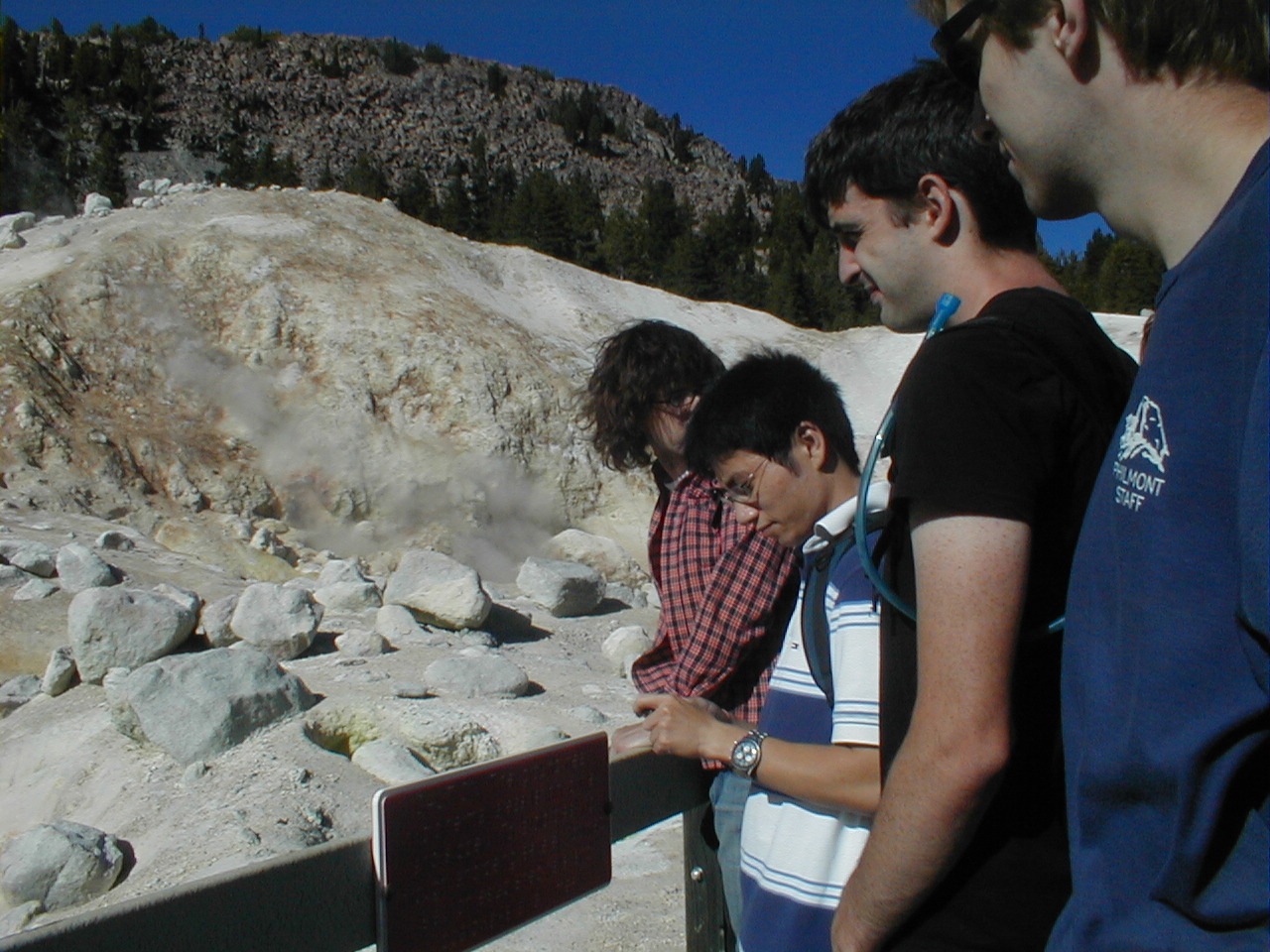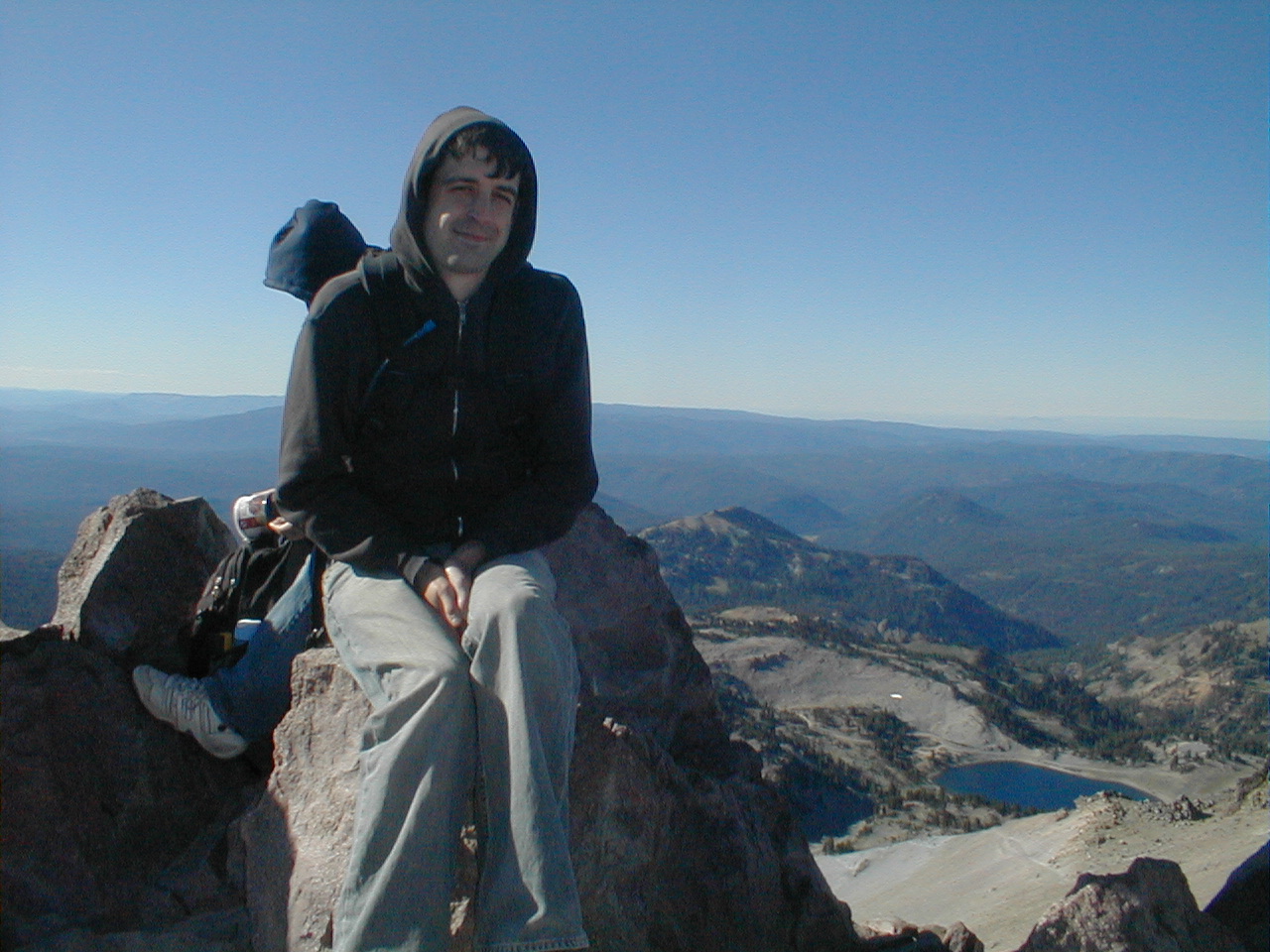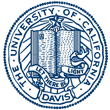
This REU program was funded through NSF PHY-0649297.
Exploratorium/Muir Woods
On the first weekend of the program, we visited the Exploratorium in San Francisco, one of the world's best science museums. Founded by Frank Oppenheimer (brother of J. Robert Oppenheimer) in the huge exhibition hall of the 1915 Panama-Pacific International Exposition, it features a wide range of hands-on exhibits for visitors of all ages.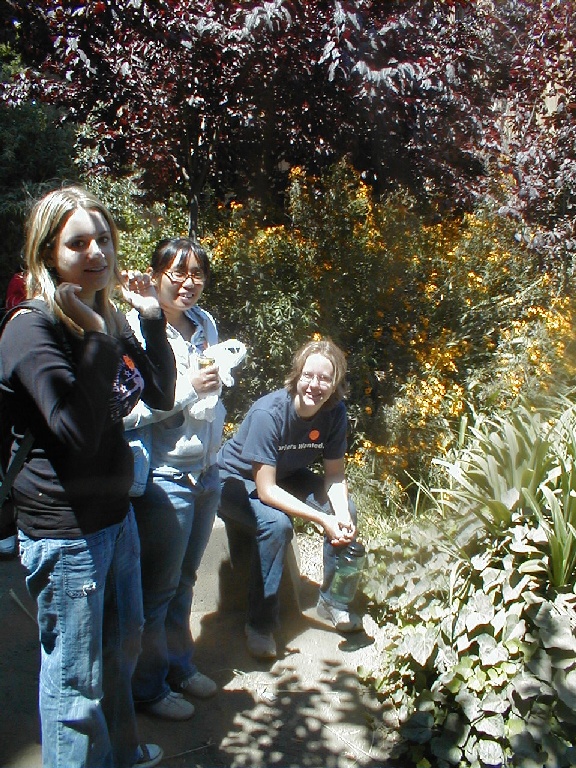

We then drove north across the Golden Gate Bridge to Muir Woods National Monument. Muir Woods is home to coastal redwood trees, the tallest of all living things. The trees in Muir Woods are not quite as tall as those in Redwood National Park near California's northern border, but they're still huge, especially for people used to East Coast trees. The largest of all living things is the giant sequoia, a Central California relative of the coastal redwoods that grows nearly as tall and to larger diameters.
We finished the day with dinner in San Rafael before heading back to Davis.
McClellan Nuclear Reactor
We spent a morning at the nuclear reactor on McClellan Air Force Base in Sacramento, now managed by UC Davis and used for various testing and research purposes. We saw the blue glow from Cerenkov radiation in the reactor core, then watched a sample being loaded into the reactor and measured.
Lake Tahoe
We took advantage of the annual hospitality of Professor Chiang and her family, who have hosted overnights at Lake Tahoe since our REU program began. We drove up from Davis Saturday morning and returned Sunday night. The group was quite large, with several UC Davis students accompanying us, so we split into three parts based on what activities people were interested in. The weekend was filled with mountain biking, hiking, kayaking, swimming, ice skating, horseback riding, and chess.
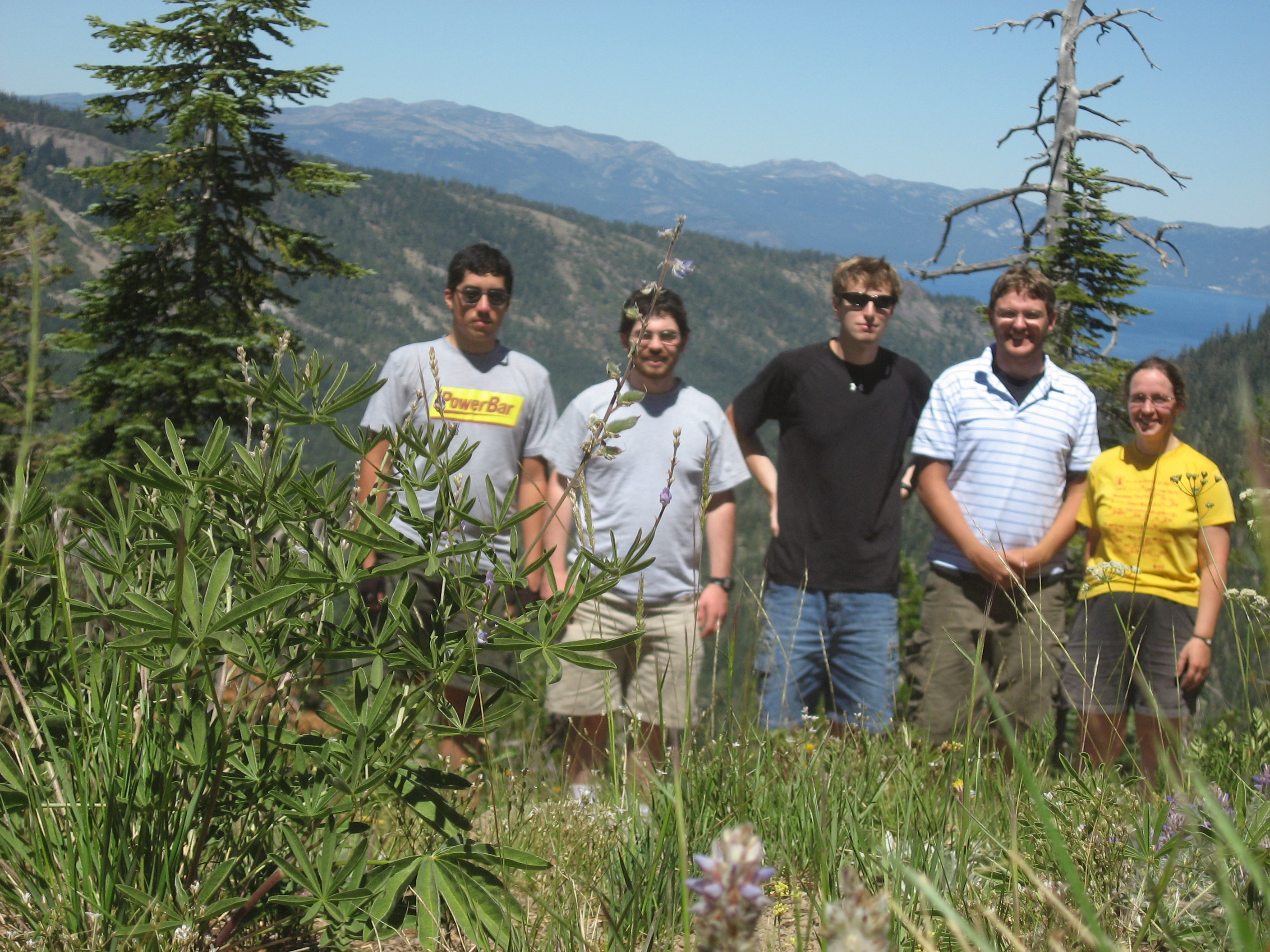
Hitachi Global Research/Stanford Linear Accelerator Center
Hitachi recently purchased the magnetic storage portion of IBM's famous research labs. We visited Hitachi's new research building, which has been in use less than one year. Several scientists took time to explain fabrication and measurement techniques to our group, and we also saw some of the research facilities.
From Hitachi we headed to the Stanford Linear Accelerator Center (SLAC), about half an hour away. Measurements there have resulted in three physics Nobel Prizes: for the discoveries of the charm quark and the tau lepton, and for understanding how quarks combine to make protons and neutrons. We saw an old particle detector, about three stories high, and the mile-long klystron building above the accelerator tunnel. Four decades after it first turned on, SLAC's linear accelerator remains the longest in the world. It now feeds the storage rings of an electron-positron collider for experiments on charge-parity symmetry breaking.
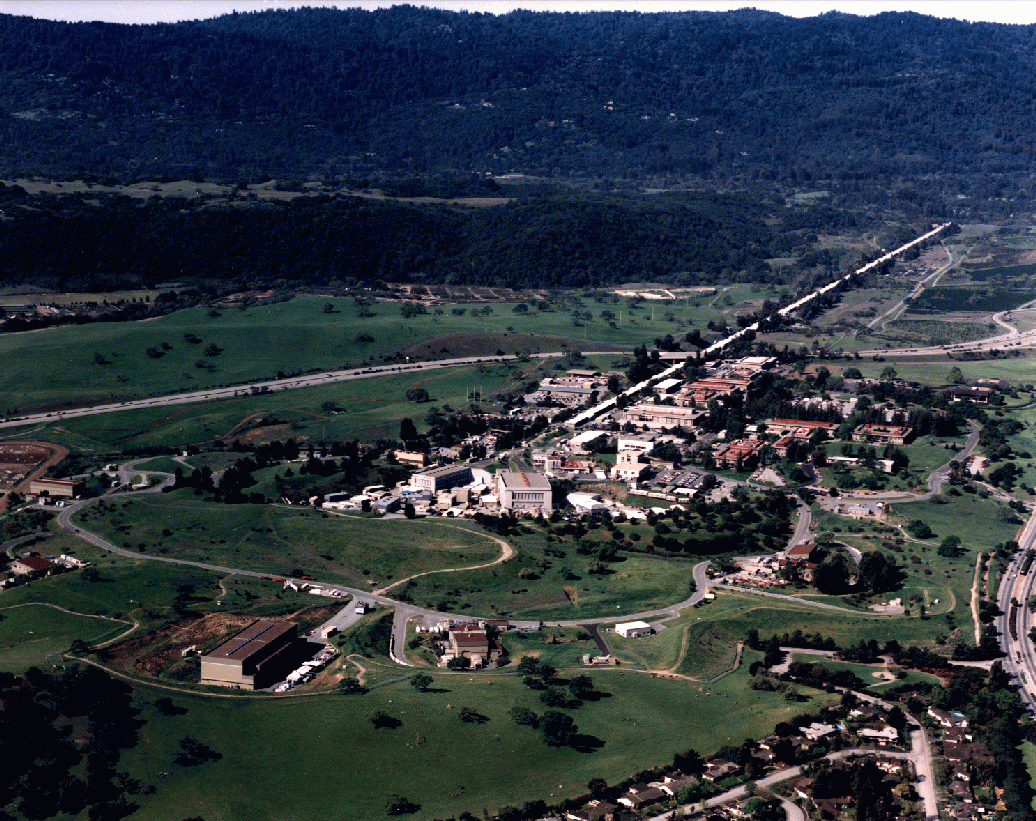
Hat Creek Radio Observatory/Lassen Volcanic National Park
The telescope array at Hat Creek Radio Observatory, run by UC Berkeley, serves two purposes: searching for signals from other intelligent life in the universe, and doing radio astronomy research. Our tour guide opened up one of the dishes to show the toothed detector within, with different sized teeth responding to different frequencies. The isolated location of the observatory is a deliberate attempt to reduce man-made radio interference. Cell phone signals, for example, not only can overwhelm true astronomical signals but also can damage the electronics within an opened dish.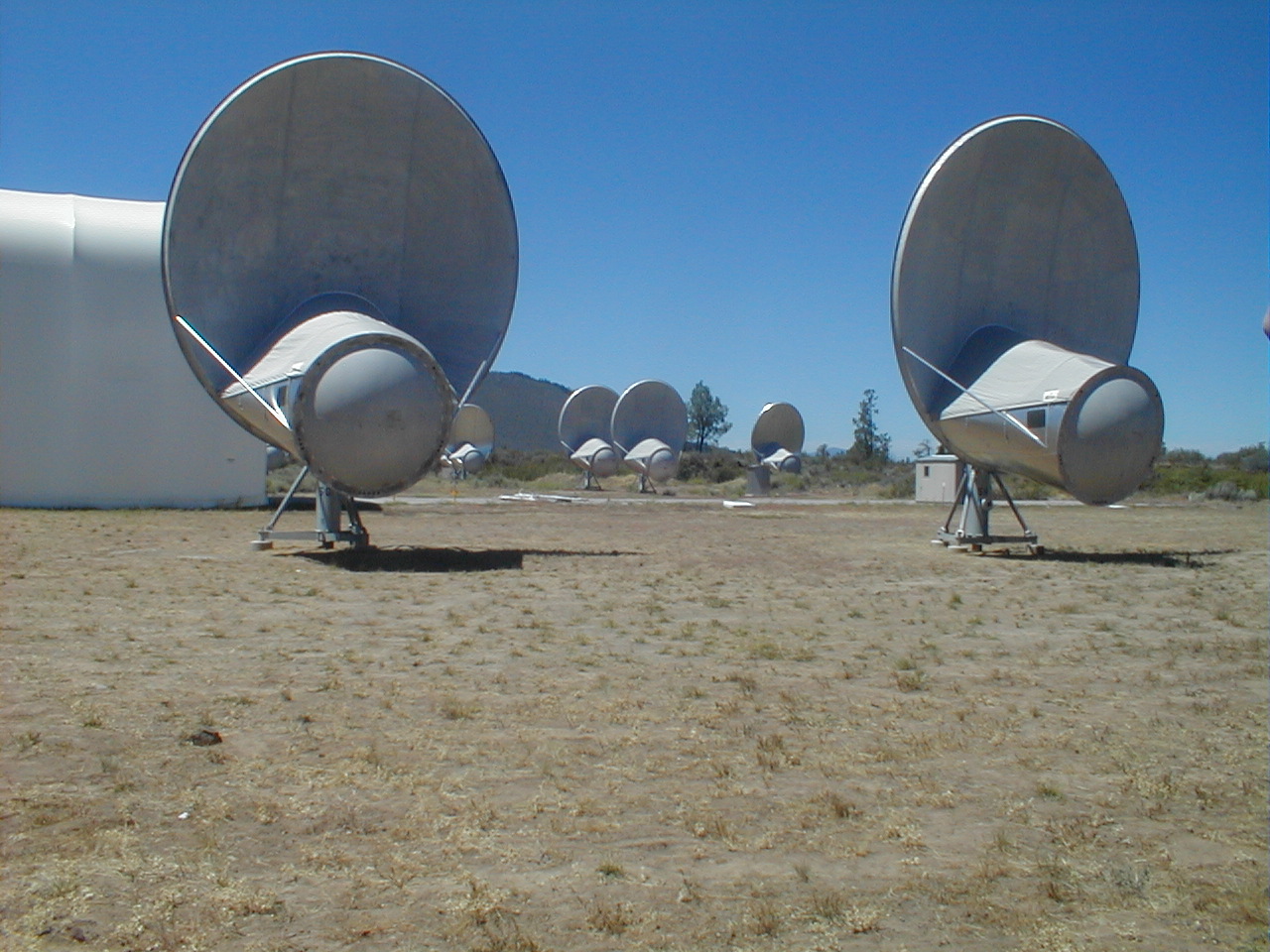
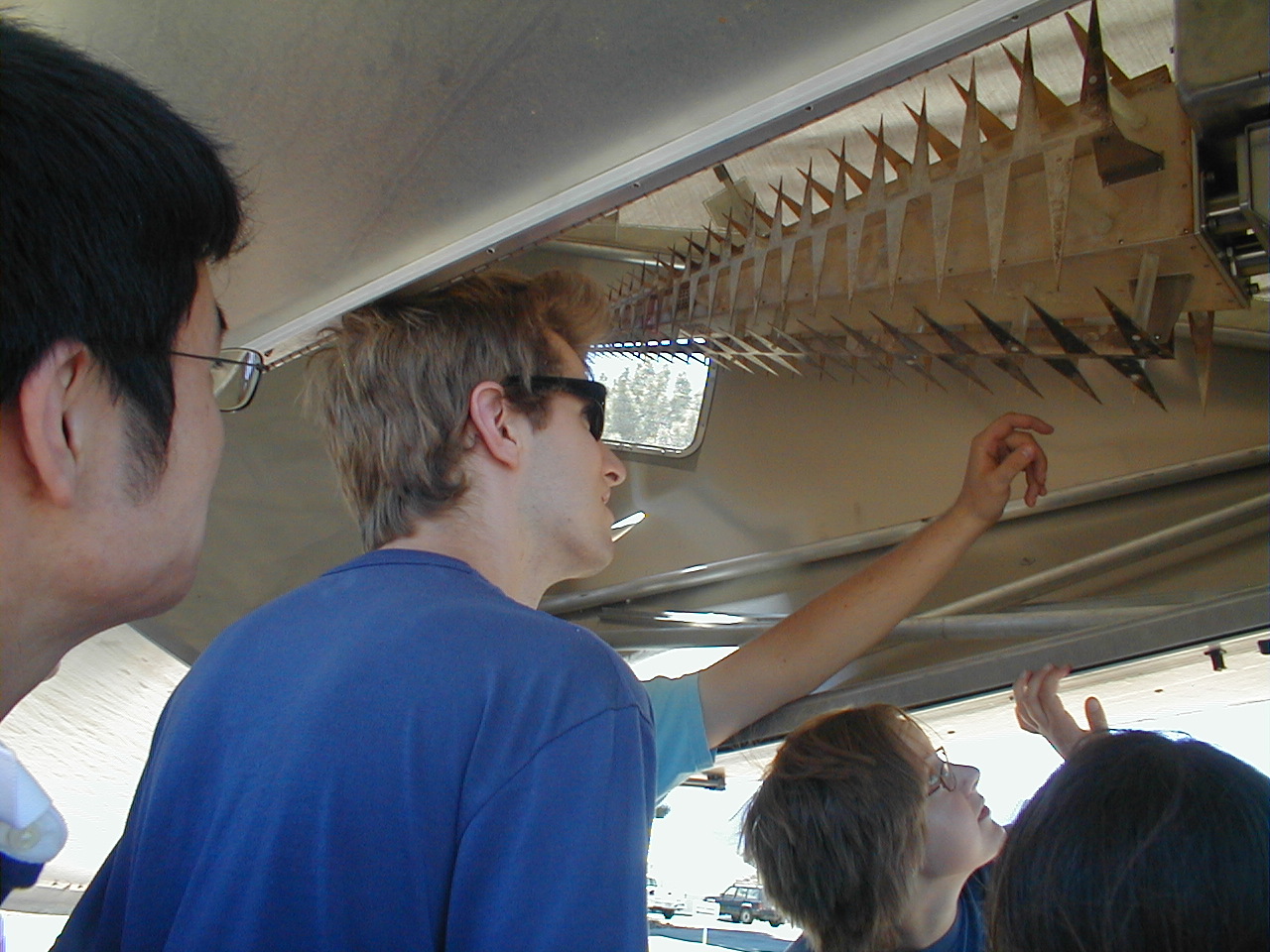
After hiking through a hydrothermal area in Lassen Volcanic National Park with mudpots and boiling lakes, we camped near Summit Lake. On Sunday morning about half the group rose early and hiked to the 10,457-foot peak of Mount Lassen, an active volcano. Starting the climb at 7:30 in the morning was definitely a good idea. We passed no one on our way up, but over 80 hikers were going up as we made our way down! The rest of the group spent the morning by Summit Lake. In the afternoon we hiked up Brokeoff Mountain, with some people stopping partway up at Forest Lake. (Hiking two mountains in one day came about from a last-minute change of plans. Doing both was very strenuous, but only a few people summitted both peaks.)
